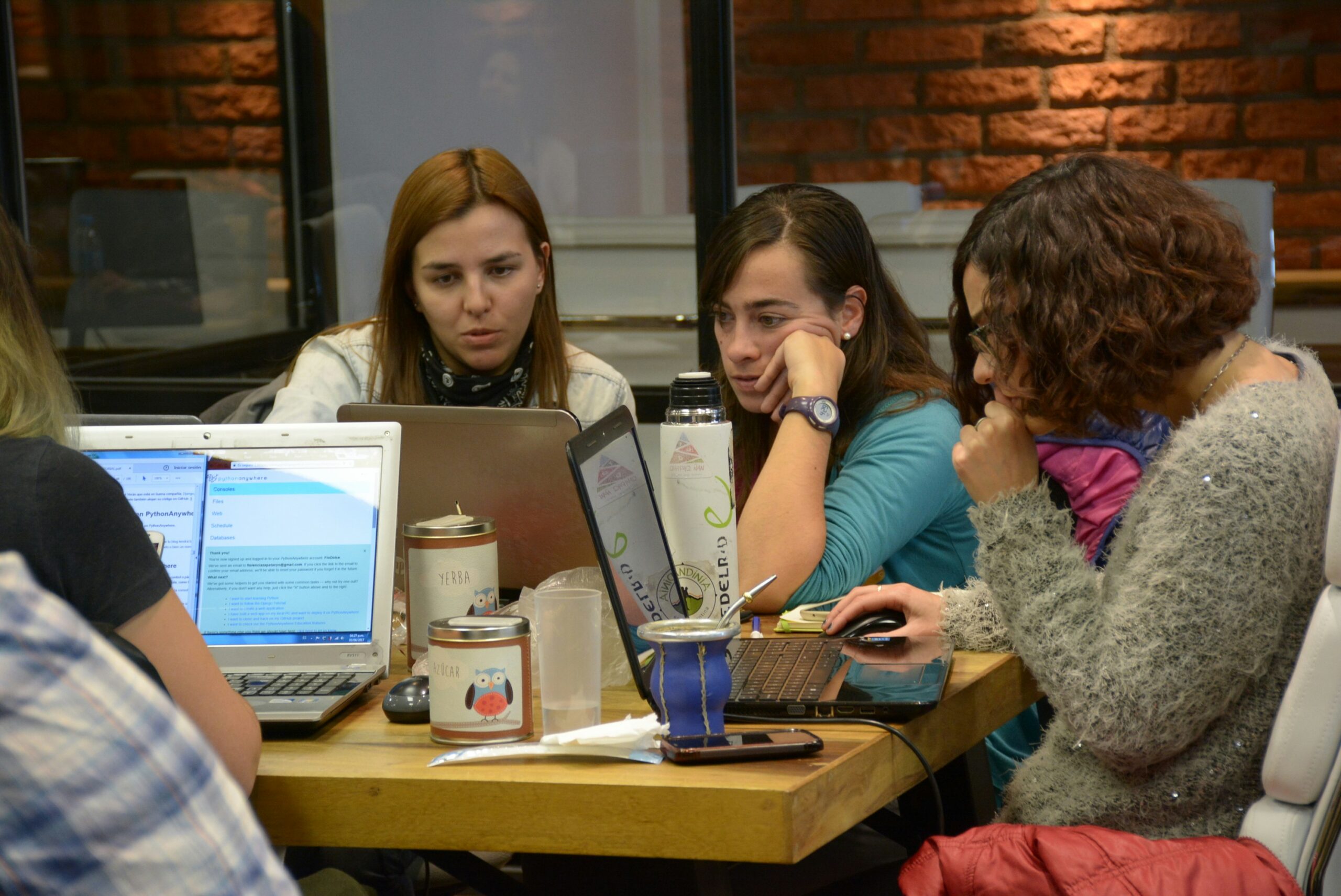
Say No to 60: How to Encourage Fewer, Better Meetings
Team meetings should be a chance to check in, share progress, and build understanding. But too often they’re rushed, overly long, or just feel like a box to tick. That leads to meeting fatigue, low engagement, and quiet voices getting lost.
A lot of the problems come down to two things: people (who feels comfortable contributing) and process (how the meeting is set up, run, and followed up). If you can get both working better, meetings can become more useful, and take up less time in everyone’s calendar.
1. Put people – and connection – first
- Start with a quick check-in. A simple opener like “one word for how you’re feeling” helps people feel present and surfaces things that might be on your team’s mind.
- Send things in advance. Sharing a short agenda or notes beforehand gives people time to think and makes it easier for all team members to contribute during the meeting.
- Take turns running the meeting. When different people lead, it shares the responsibility and brings fresh energy to the conversation, keeping everyone more engaged..
- End with “one action each.” Ask everyone to say what they’re taking away, so you increase clarity and accountability, and ensure meetings contribute to progress.
- Make room for honesty. Make it clear that meetings are a time to share challenges and ask for help – not a space where everyone has to pretend to be on top of everything. Leaders need to demonstrate vulnerability by admitting when they don’t know the answer and also asking for help from their team when they need it.
2. Make the structure work better
- Say No to 60. Default meetings to 25 or 50 minutes. It encourages focus and gives people a few minutes back to rest and reset before their next call.
- Mix live and async. Use real-time meetings for discussion and decisions. Use shared docs or tools for things like updates and brainstorming—so people can take part at a time that works for them.
- Timebox the agenda. Give each topic a rough time limit so one item doesn’t take over the whole meeting.
- Keep everything in one place. Capture key actions and notes somewhere central, so people who weren’t there don’t miss anything and so that attendees can recap.
- Encourage proper breaks. Let people know it’s okay to take a moment between meetings to grab a drink, step away, write down what they need to do next. Those breaks help people show up better for the next conversation.
What it comes down to
Meetings don’t need to be long to be useful. When they’re well-planned and leave space for people to connect, they can build trust and help things move forward. Start by trimming the time, giving people space to think, and making sure everyone walks away knowing what’s next.
Photo by Chris Montgomery on Unsplash



